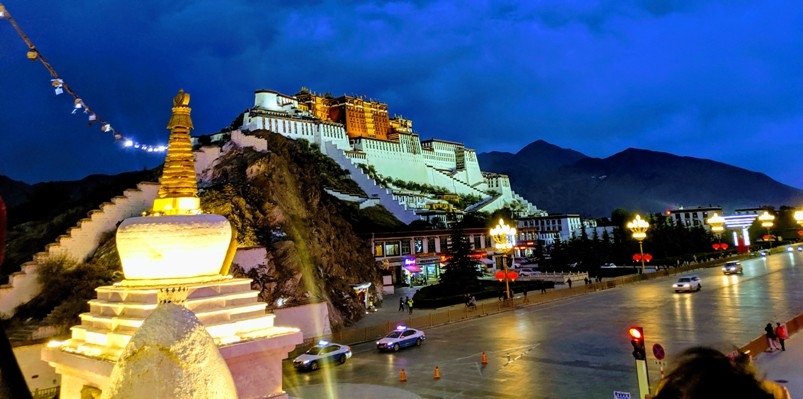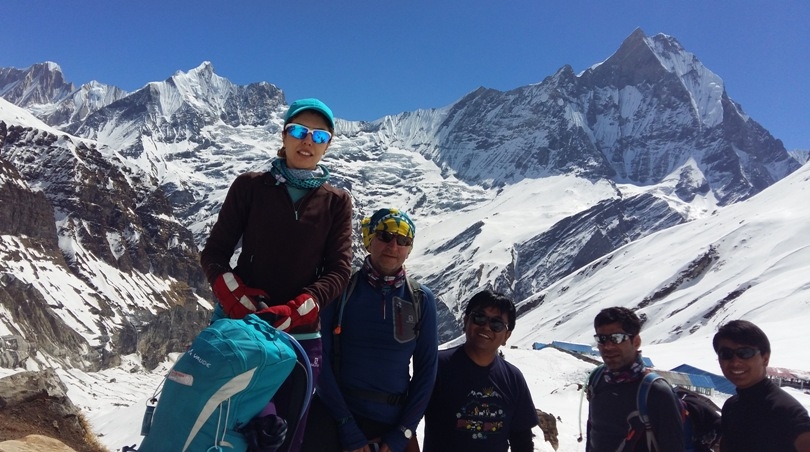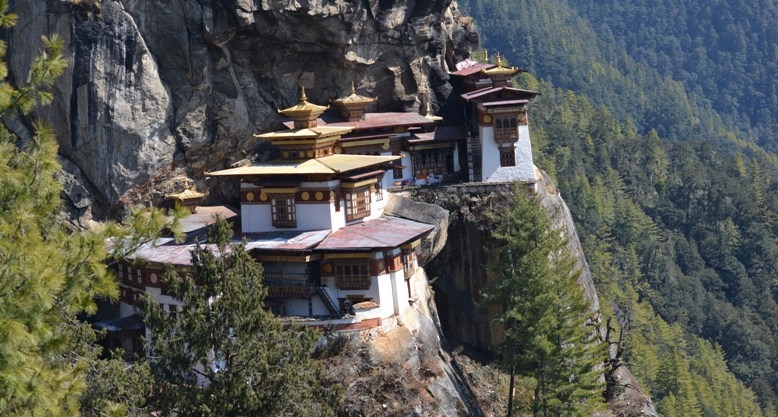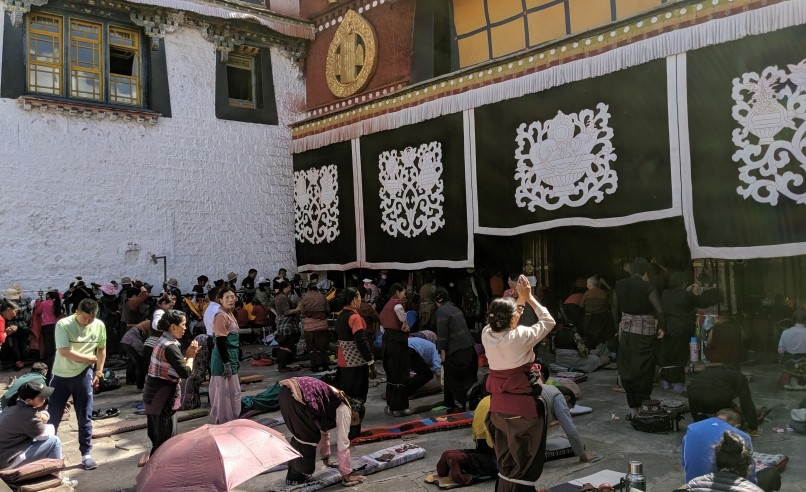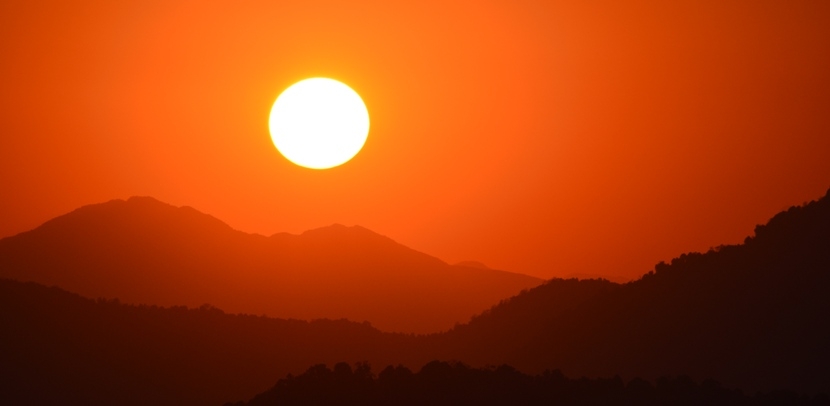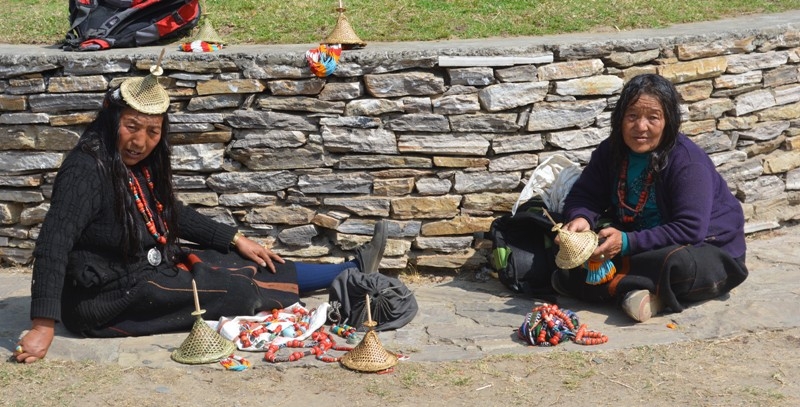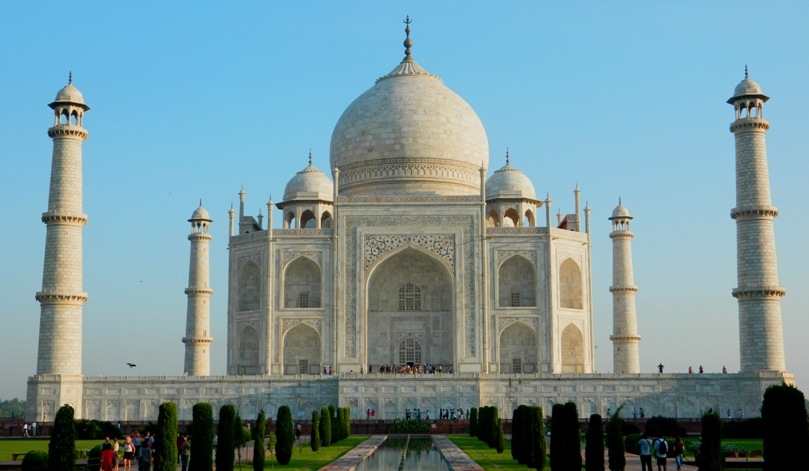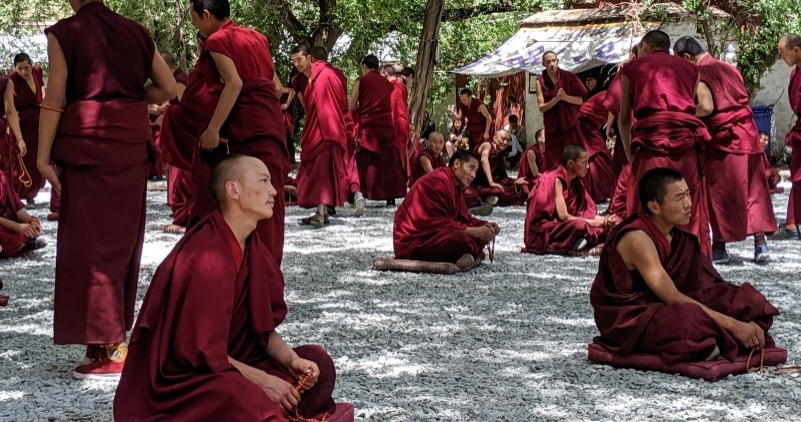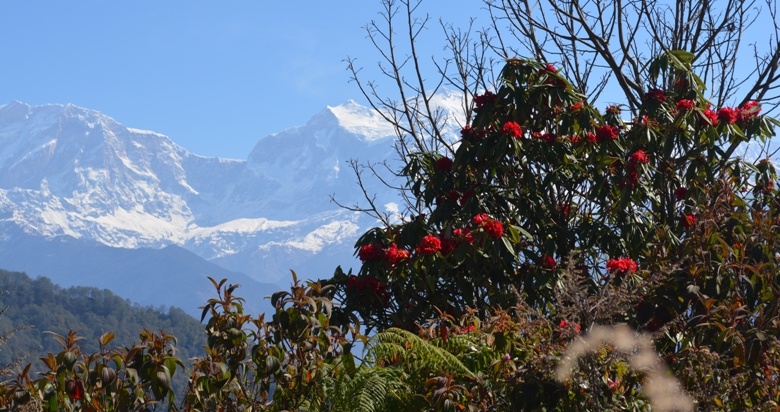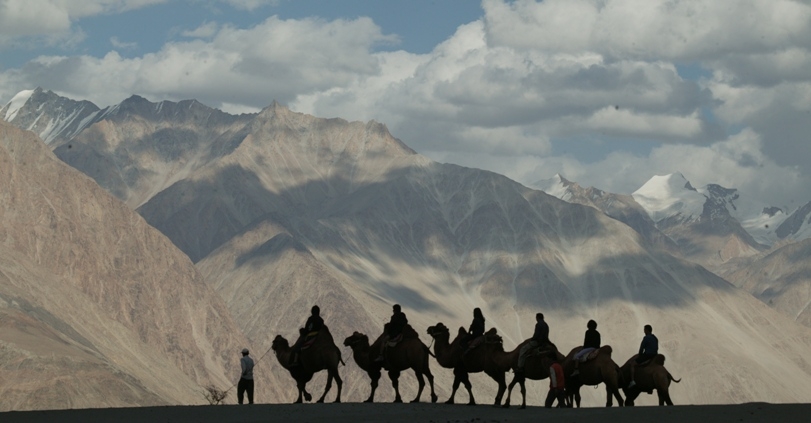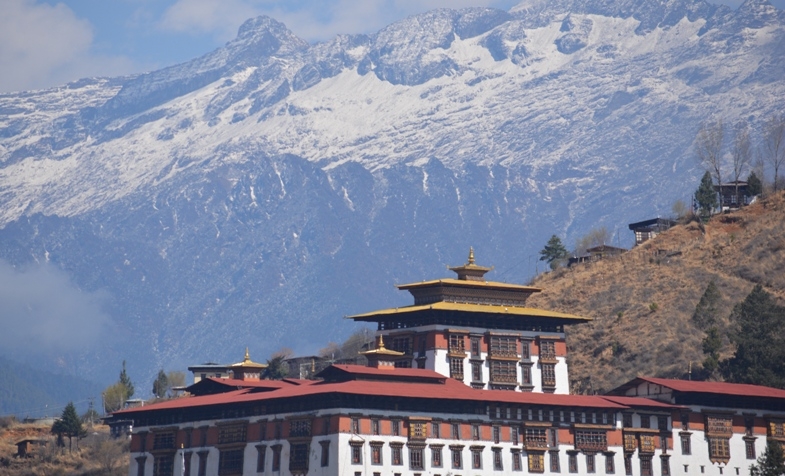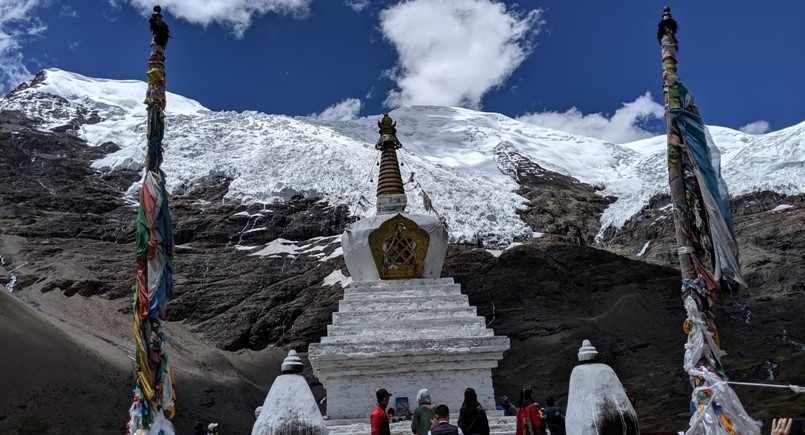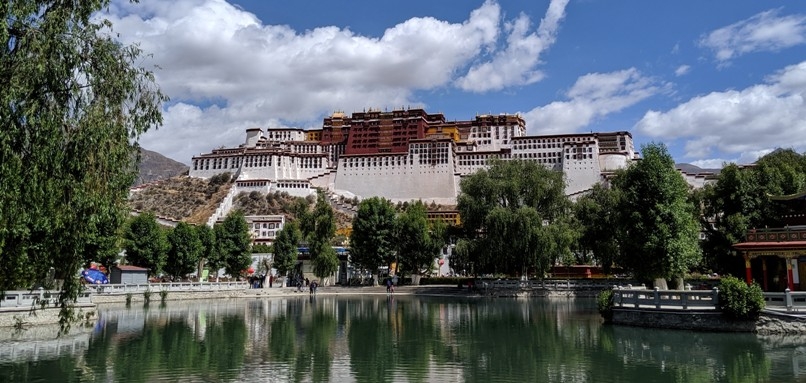
Yangon, the hustling & bustling capital of Myanmar, the city today still maintains its colonial charm and gracious turn of the century old architecture.
Fly to Bagan, situated on the eastern bank of the Ayeyarwaddy River, covers more than 42 square kilometers. More popularly known as the “city of four million pagodas”.
Continue to Mandalay, the last capital of royal Burma, which is still one of the largest cities in Myanmar, and a cultural and spiritual center.
Fly to Heho and drive to Inle lake, an area of outstanding natural beauty. The lake itself sits at a pleasant 4,260 ft./ 1300 meters above sea level and is famous for its leg rowers, floating markets and prolific birdlife. Colorful hill tribes, inhabit fertile valleys and forested mountaintops and friendly people make this one of the must see in Myanmar.
Return to Yangon, and enjoy the rest of the day visiting Sule and Shwedagon Pagoda before takign a flight to Paro, Bhutan where you will experience breathtaking Himalayan landscape, friendly people and their traditional lifestyle untouched by outside influence. Bhutan is a unique opportunity to experience Himalayan Buddhist culture uninfluenced by the outside world.
- Day 01 Arrive Paro, transfer to hotel.
- Day 02 Drive Thimpu - Punakha
- Day 03 Punakha-Wangdi -Paro
- Day 04 Hike Takshang Monastery
- Day 05 Fly Paro -Yangon via Bangkok
- Day 06 Fly Yangon-Bagan
- Day 07 Bagan-Pakaku-Bagan
- Day 08 Bagan - Mandalay
- Day 09 Fly Mandalay - Heho, transfer to Inle Lake
- Day 10 Inle Lake
- Day 11 Inle Lake- Heho, fly to Yangon
- Day 12 Yangon -U.S. or an extenstion
Day 01 Arrive Paro, transfer to hotel.
Fly to Paro. Enjoy the breathtaking views of the Great Himalayas from the flight.
Upon arrival at Paro International Airport, you will be welcomed to the Kingdom by your guide. If time permits, sightseeing tour of 200-year-old Watch Tower that has been renovated and converted into National Museum in 1968. It houses a fine collection of national costumes and fabrics, gallery of Thangkas, an impressive stamp gallery with three dimensional and CD stamps issued as early as 1960 that are remarkable, and other galleries showcasing armor and silverware with the handsome Royal teapots. On the top floor there is a four-sided temple complex depicting the history of Buddhism and its propagation. Then visit the Dungtse Lakang on the same route.
Drive to Thimpu through the Paro Valley. The drive from Paro to Thimphu is spectacularly scenic.
Overnight Thimpu.
Day 02 Drive Thimpu - Punakha
Thimphu is the only Capital City in the world without traffic lights. Magnificent monasteries and Stupas in the valleys and mountain tops. Experience the "Last Buddhist Himalayan Kingdom" on Earth.
Visit to the Memorial Chorten built in honor of the late King Jigme Dorji Wangchuk, Dupthop Lhakhang ( Monastery for the nuns), National Library and the painting school where traditional art is still kept alive through instructions in the art of painting Thangkhas ( sacred Buddhist religious scrolls). Visit the traditional Medicine institute where medicines are prepared according to ancient practices. After lunch you will visit Lungtenzampa to observe the Royal traditional silver smiths and Bhutanese traditional paper factory.
Drive south and visit Simtokha Dzong, the first Dzong built by Shubdrung Nawang Namgyal. It is now used as the Institute for study of traditional teachings.
Afternoon drive to Punakha, through Dochula Pass (10170 ft.) for 3-4-hrs to the ancient Capital of Punakha. After crossing Dochula Pass, you can take a walk along the trails for about an hour or two watching birds and animals in the thick jungles. Great views of the himalayan peaks from this point. The journey is beautiful, as the fragrant air blows from the pink cherry trees and splashes of pink color through the orange, red and dark green forests.
Sightseeing of Punakha, which was the winter capital for over 300 years until the time of second King. Punakha Dzong which dominates the whole area was built in 1637 by Shabdrung Nawang Namgyel, and established the central monastic body with 600 monks. Today, Punakha is still the home for Je Khempo (Chief Abbot) and the central monastic body.
Overnight Punakha.
Day 03 Punakha-Wangdi -Paro
Morning drive to Wangdi Phodrang valley for sightseeing. Visit the only Dzong with wooden roof maintained in its ancient style. Walk around Wangdi town and have lunch.
After lunch, drive to Thimphu. En-route, visit Simtokha Dzong, the first Dzong built in Bhutan by Shabdrung Nawang Namgyel in 1629. Since 1961, it has been the institute for religious and classical studies.
Drive back to Paro. Overnight.
Day 04 Hike Takshang Monastery
After brekfast, the guide will take you to the starting point of the hike to view the spectacular Taktsang monastery (Tiger’s lair). The trail to the monastery climbs through beautiful pine forest, many of the trees festooned with Spanish moss, and an occasional grove of fluttering prayer flags.
Stop at the cafeteria for a rest and refreshments and continue the hike for short while until you see, clearly and seemingly within reach, the remains of Taktsang monastery. Built in 1600s, this incredible monastery clings to the edge of a sheer rock cliff that plunges 900 meters into the valley below. The history states that Guru Padmasambhava, the Tantric mystic who brought Buddhism to Bhutan, landed here on the back of a flying tiger. Looking at the monastery flying tigers doesn’t seem so impossible after all.
Backt to Paro. Visit Drugyel Dzong, although mostly now in ruins. Built in 1647 by Shabdrung Nawang Namgyel to commemorate the victory over Tibetan Invaders, which indicates by the name of the Dzong meaning Victorious Bhutanese Fort. Visit Drugyel High School and Kychu Lhakhang, the oldest monastery in the valley built in 7th. century. From this point we see the spectacular views of Mt. Jhomolhari which is considered sacred.
Overnight Paro.
Day 05 Fly Paro -Yangon via Bangkok
Fly to Bangkok, and connect a flight to Yangon.
Upon arrival in Yangon, you will be met and transferred to hotel. Rest of the day at leisure or just explore around the down town on your own.
Yangon lies in the fertile delta of southern Myanmar, on the wide Yangon River. The city is filled with shaded boulevards, while shimmering Stupas float above the treetops. The city became the capital only in 1885, when the British completed their conquest of Upper Myanmar and Mandalay's brief period as capital of the last Burmese kingdom ended.
Day 06 Fly Yangon-Bagan
Day 07 Bagan-Pakaku-Bagan
Drive to Pokaku town, central Myanmar (Burma), an un-spoiled small town famous as a tobacco trading centre and for its weaving shops. Arrive Pakokku and visit the local market and see genuine indigenous regional open-air market with a vast array of things for sale including local’s snacks, fresh vegetables, ingredient, textiles, handy crafts, etc. If time allows, continue to see the small Thanaka vendor, cheroots factory and slippers workshop and wood carving sculpture and Thihoshin Pagoda.
THIHOSHIN PAGODA : The Thiho Shin is one of the most famous pagodas in Pakokku. It was built by King Alaungsithu. The pagoda contains an image presented by the King of Ceylon some 800 years ago and the image is one of the most revered in Myanmar. The festival of the Thiho Shin Pagoda is held from 8th waxing to the 10th waning day of Nayon (June), with traditional plays and zat pews (although not, for the last few years, puppet shows). This is a typical anyar (Upper Myanmar) festival.
Back to Bagan and overnight Bagan.
Day 08 Bagan - Mandalay
Transfer to airport and fly to Mandalay. Sightseeing in Amarapura and Mandalay.
The last capital of royal Burma, Mandalay is still one of the largest cities in Myanmar, and a cultural and spiritual center. Neighboring Sagaing is home to over sixty percent of the country's monks, while the artisans of Mandalay continue to turn out the finest crafts in Myanmar.
In the morning, head to AMARAPURA, also a former royal capital, and visit MAHAGANDAYON MONASTERY; in the morning, monks and novices line up to receive their daily offering of alms and food from faithful Buddhists.
Enjoy the atmosphere of U BEIN'S BRIDGE, a picturesque teak bridge which extends over one kilometer across Taungthaman Lake, and the highlight of any visit to Amarapura.
Continue to Mandalay, stopping first at MAHAMUNI PAYA. The Mahamuni image enshrined here is perhaps the most venerated image in Myanmar, covered in over 15 cm of gold leaf. Worshippers flock daily to the shrine at four in the morning to observe the unique face-washing ceremony.
En- route to the pagoda, stop to observe the laborious process of GOLD-LEAF BEATING, where gold is painstakingly hammered out into tissue-thin squares.
Continue to SHWENANDAW KYAUNG, or the Golden Teak Monastery. Built entirely of golden teak, this intricately carved wooden monastery was once part of the Mandalay Palace, used as private apartments by King Mindon and his chief queen. Afterwards visit KYAUKAWGYI PAYA, famous for its monumental seated Buddha, carved from a single block of marble, and the elegant SANDAMANI PAYA. The final stop is at KUTHODAW PAYA, known also as "the world's biggest book". Around the central stupa are miniature pavilions, each housing a slab of marble. Numbering altogether 729, these slabs are inscribed with the entire Tripitkata, or Buddhist scriptures.
Visit Mandalay Hill at sunset.
Overnight in Mandalay.
Day 09 Fly Mandalay - Heho, transfer to Inle Lake
Transfer to airport and fly to Heho. By vehicle from Heho to Inle Lake.
Excursion by boat on Inle Lake through the canals to visit various villages on the lake
INLE LAKE: Inle Lake, located in Shan State, is beautiful, with very calm waters dotted with patches of floating vegetation and fishing canoes. High hills rim the lake on all sides. The lake's shore and islands bear 17 villages on stilts, mostly inhabited by the Intha people. Enjoy the spectacular scenery and observe the skilled fisherman using their leg-rowing technique to propel themselves around the lake.
Taking a boat trip along the lake to see local life with opportunity to see the way that fisherman row their boats while standing on one leg. Enjoy visiting various villages.
Overnight Inle Lake.
Day 10 Inle Lake
Visit the floating gardens, a market and a Intha village around the lake (please note that no markets take place on full moon or new moon days). The day sightseeing also includes a visit to the PHAUNG DAW OO PAGODA, INN PAW KHON VILLAGE (Lotus and silk weaving) and the NGA PHE KYAUNG MONASTERY.
Overnight Inle Lake.
Day 11 Inle Lake- Heho, fly to Yangon
Return to airport at Heho, and fly to Yangon. Sightseeing tour of Yangon.
Start the tour at the SULE PAGODA, a gleaming octagonal pagoda that stands squarely at the center point of the city. Afterwards, visit the NATIONAL MUSEUM to gain an insight into Myanmar. See the eight meter high Sihasana Lion Throne, used by the last Burmese king, and other fascinating artifacts from Burmese history and culture.
Finally, continue to the SHWEDAGON PAGODA, the highlight of any visit to Yangon. Towering over the city, this pagoda is the most sacred spot in the country, built to house eight hair relics of the Buddha. The Shwedagon and surrounding shrines are at their most beautiful during the sunset hour, as the golden Stupa reflects the changing colors of twilight.
Overnight Yangon.
Day 12 Yangon -U.S. or an extenstion
Tranfer to airport, and fly back home, or extend your trip to Laos, Cambodia or Vietnam.
